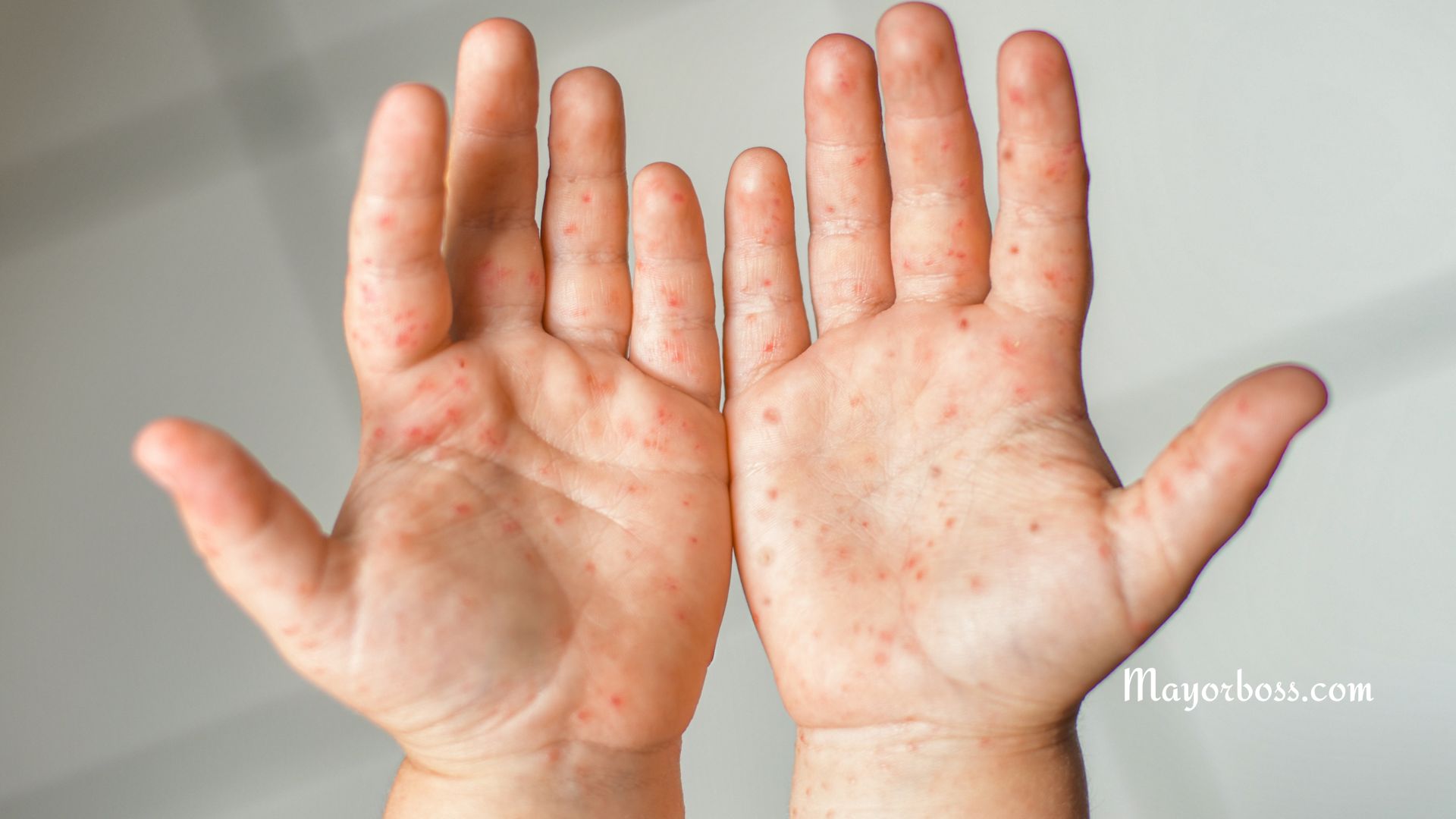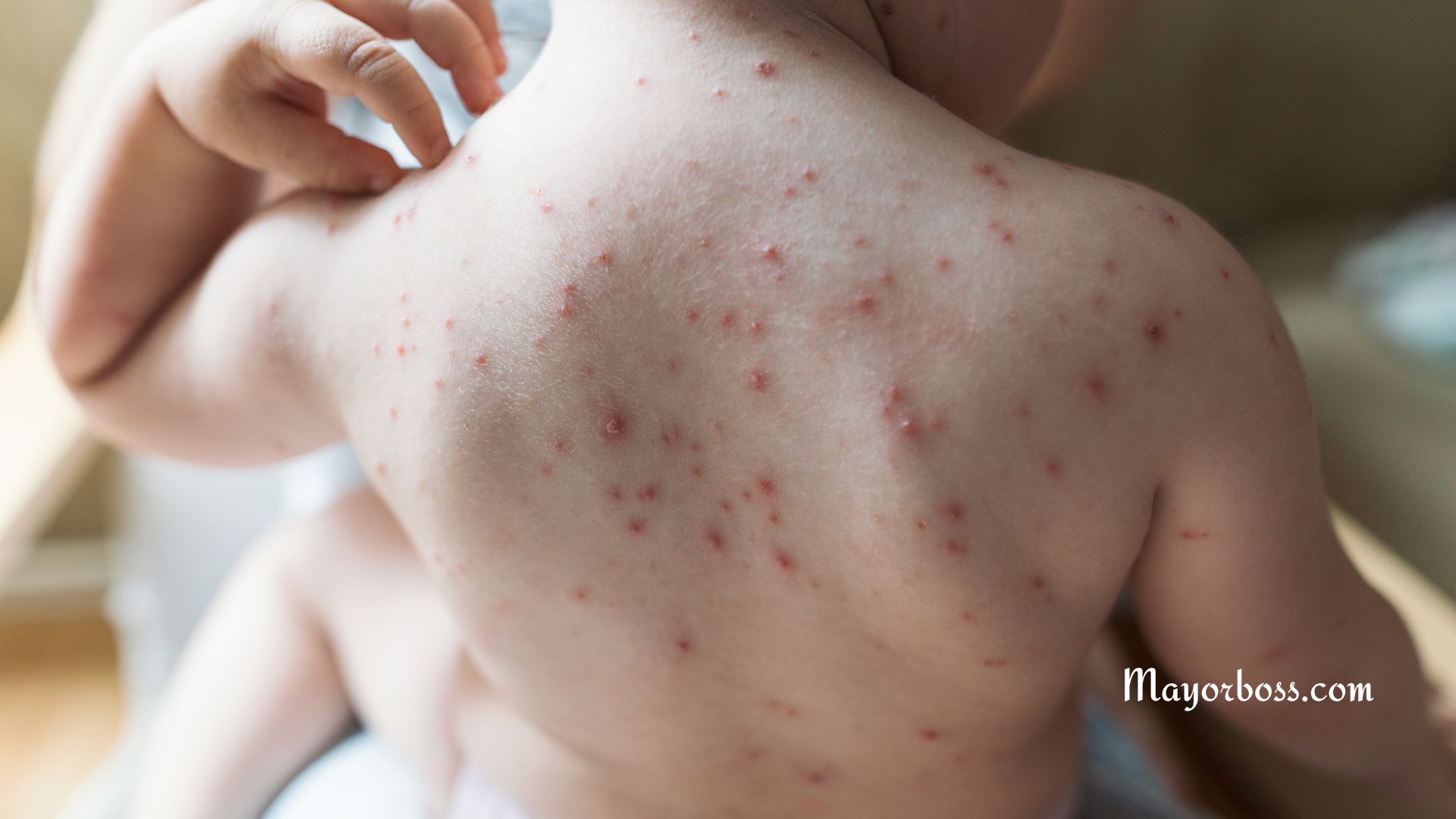Hand, Foot, and Mouth Disease in Children: What Parents Need to Know
Hand, foot, and mouth disease (HFMD) is a common viral illness that mostly affects babies and young children. It’s known for causing sores in the mouth and rashes on the hands and feet. While the symptoms can be unpleasant, the disease usually isn’t serious, and most children recover in a week or two. Parents should watch for the signs and know how to care for their children if they get HFMD.
What Is Hand, Foot, and Mouth Disease?
HFMD is a contagious disease caused by viruses in the Enterovirus genus, particularly the Coxsackievirus. It mostly affects children under five years old. The symptoms are easy to spot, and you’ll usually see:
- Painful Sores or blisters in the mouth
- A rash on the hands and feet
- Fever
- Sore throat

How Does It Spread?
Person-to-Person Contact
The disease spreads easily through close personal contact. If your child plays with another child who has HFMD, they might catch it.
Contact with Contaminated Objects
Children often touch toys, doorknobs, and other objects. If these are contaminated with the virus, the disease can spread.
Respiratory Droplets
Coughing and sneezing can spread the virus too. So, if a child with HFMD coughs or sneezes near your child, the virus might spread.
What Are the Early Signs of Hand, Foot, and Mouth Disease?
Fever and Sore Throat
HFMD often starts with a fever. Your child might feel warm and complain about a sore throat. These are usually the first signs that something isn’t right.
Feeling Tired and Grumpy
You might notice that your child is more tired than usual and might act a little grumpy. That’s because the body is fighting the virus.
Painful Sores in the Mouth
After the fever starts, your child may develop painful sores in the mouth. These sores can make it hard for them to eat or drink, so you’ll want to watch for this and try to keep them comfortable.
A Rash on the Hands and Feet
The rash that gives the disease its name appears on the hands and feet. It might look red and bumpy. Sometimes it shows up on the knees, elbows, or even the buttocks.
Diagnosis
Doctors often diagnose HFMD just by looking at the symptoms. Lab tests are rarely needed.
How to Take Care of Your Child
Offer Soft Foods and Cold Foods
Because those sores in the mouth can be painful, you might want to offer soft foods that are easy to swallow. Cold foods like ice cream, popsicles, and smoothies can also help too. Avoid giving them spicy or salty foods that might irritate the mouth sores.
Keep Them Hydrated
Since the sores can make swallowing painful, your child might not want to eat or drink. Offer them their favorite drinks and keep an eye on them to make sure they’re drinking enough.
Medication
Over-the-counter pain relievers like acetaminophen or ibuprofen can help with the fever and pain. Make sure to follow the instructions on the bottle or ask your doctor for advice.
Prevention
You can help prevent HFMD with some simple steps:
- Wash hands frequently with soap and water
- Clean and disinfect frequently touched objects
- Keep your child away from others who are sick with HFMD
- Teach your child to cover their mouth and nose when they cough or sneeze.
With these steps, you can help keep your child healthy and reduce the risk of HFMD. If you think your child has HFMD, call your doctor for proper care and guidance.
Can Adults Get Hand, Foot, and Mouth Disease?
Yes, adults can get hand, foot, and mouth disease, but it’s less common. Most adults have immunity from exposure during childhood. However, if an adult does catch it, the symptoms are usually milder.
Is There a Vaccine for Hand, Foot, and Mouth Disease?
As of now, there’s no specific vaccine for hand, foot, and mouth disease available in most countries. According to the CDC, the best way to prevent the disease is through good hygiene practices, like frequent handwashing and keeping children away from those who are infected.
How Long Does It Take for the Symptoms to Go Away?
Most children with hand, foot, and mouth disease start to feel better in a week or two. The fever usually goes away in a few days, while the mouth sores and rash might take a bit longer to heal. If the symptoms linger or get worse, it’s a good idea to check with a healthcare provider, as they can offer the best advice for your child’s situation.

